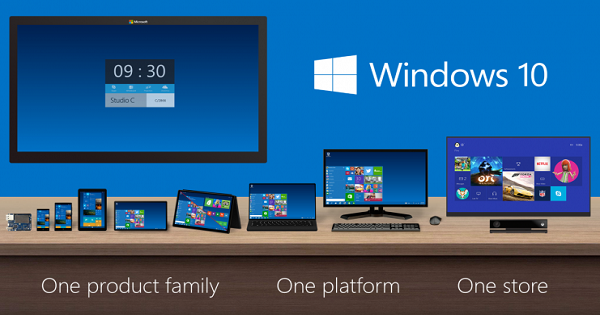Posted by : Unknown
Sunday, 23 June 2013
A new technique has been successfully
developed by researchers to 3D print grain-of-sand-size Lithium-ion
microbatteries, using special inks extruded by a nozzle thinner than a
human hair. The research team comprises members from the Wyss Institute
at Harvard University and the University of Illinois at Urbana-Champaign.
A custom-built 3D printer
was used to print the microbatteries, with the diagram below displaying
the structure. The inks are layered in ultra-thin planes, and then
solidify to form the anode (represented in red) and the cathode (blue).
The whole is then enclosed in a glass-like case, and filled with
electrolyte solution.
The new printed 3D Lithium-ion microbatteries will be able to power tiny
devices like medical implants, flying insect-like robots, tiny cameras
and miniature microphones that can fit on a pair of glasses. The
researchers have claimed that in spite of the tiny size, the battery's
electrochemical performance is as good as commercial batteries. They
have the same charge and discharge rate, cycle life and energy densities
as normal batteries.
"We have designed a broad range of functional inks—inks with useful
chemical and electrical properties and used those inks with our
custom-built 3D printers to create precise structures with the
electronic, optical, mechanical, or biologically relevant properties
that we wanted,” says Lewis. “Not only did we demonstrate for the first
time that we can 3D-print a battery; we demonstrated it in the most
rigorous way” stated senior author Jennifer A.
- Back to Home »
- news , science , technology , updates »
- Researchers Develop 3D-Printed Lithium-ion Microbatteries














